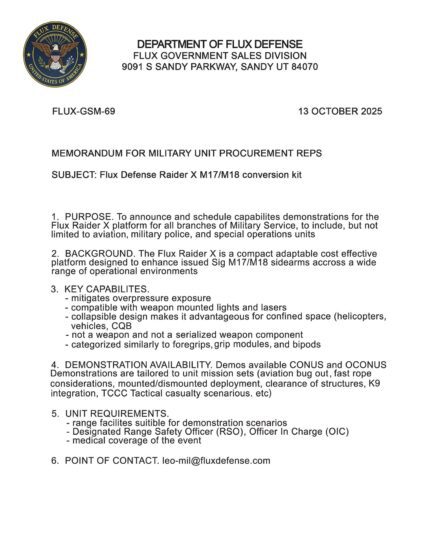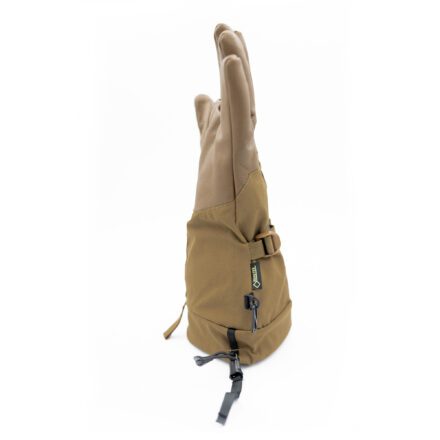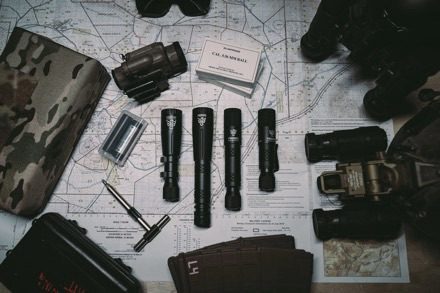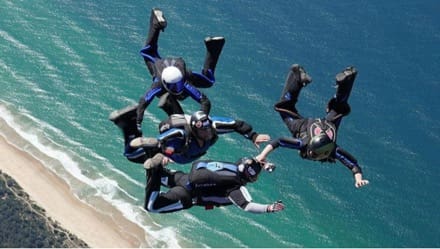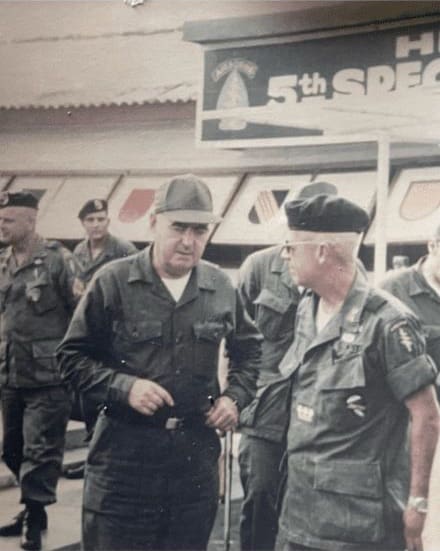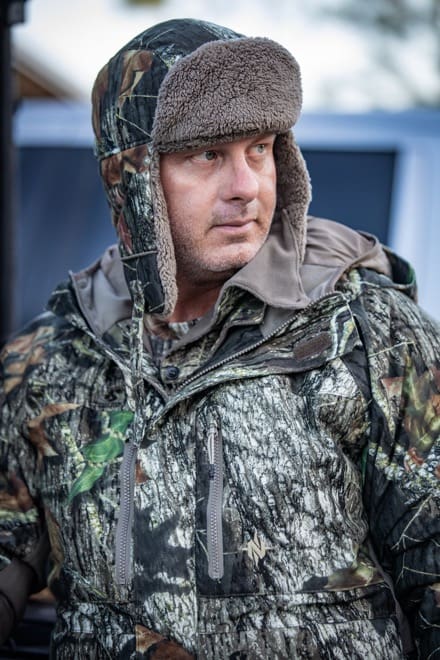BOULDER CITY, Nev. – October 22, 2025 – SHOT Show® Industry Day at the Range, the highly anticipated hands-on event held annually the day before SHOT Show®, is thrilled to announce Rock Island Armory and Armscor as Supporting Sponsor of the 21st annual event, taking place January 19, 2026, at the Boulder Rifle and Pistol Club in Boulder City, Nevada.
Rock Island Armory and Armscor is a leading manufacturer of firearms and ammunition, renowned for producing high-quality, reliable products for personal defense, sport shooting, law enforcement and military markets. With a history dating back to 1905, the company has built a reputation for performance, precision and affordability.
“We’re proud to continue our partnership and attendance with Industry Day at the Range as a Supporting Sponsor and connect directly with the passionate community that drives the shooting sports industry,” said Martin Tuason, President and CEO of Rock Island Armory and Armscor. “This event continues to be the perfect opportunity for us to share the innovation and craftsmanship behind our latest lineup — from our STK and TCM series to the all-new RIA 5.0 and beyond. We look forward to giving our industry friends an up-close experience with the firearms that represent the heart of who we are: performance, precision, and reliability.”
Industry Day offers an unparalleled opportunity for exhibitors to introduce new products, engage with top-tier media and influencers and create direct connections with SHOT Show attendees in a hands-on environment. This exclusive event provides early momentum that extends well into the SHOT Show itself, ensuring maximum exposure for brands ahead of the main event.
“We’re excited to welcome Rock Island Armory and Armscor as a Supporting Sponsor for Industry Day at the Range 2026,” said Kelsey Puryear, Industry Day at the Range co-owner. “With a long-standing legacy of producing high-quality firearms and ammunition, the company is a natural fit for this event. Its sponsorship will significantly enhance the experience for exhibitors and attendees alike.”
As a Supporting Sponsor, Rock Island Armory and Armscor reinforces its position as a global leader in the firearms and ammunition space. Its participation in Industry Day at the Range reflects a strong commitment to innovation and direct engagement with the industry’s most influential voices.
Supported by the National Shooting Sports Foundation as title sponsor through 2028, Industry Day at the Range remains the only official range event associated with the SHOT Show. Exhibitor space is limited, and early registration is strongly encouraged.
New exhibitors can register online now to secure their space. Sponsorship information is also available online. For additional details and answers to frequently asked questions, please visit the event website.
For more information about the 2026 SHOT Show Industry Day at the Range visit ShotShowRangeDay.com.
